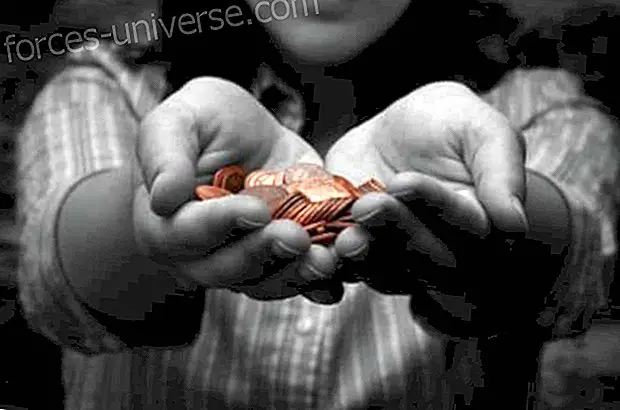The purpose of this site is to provide you with an introduction to a series of devices that have proven to have very interesting properties and some have been (incorrectly) described as perpetual motion machines.
But what is that? You will say - perpetual motion is impossible! Well, you really are hard to please. The electrons in the rock formation molecules have been constantly orbiting for millions of years without stopping. At what point will you agree that they are in perpetual motion?
So, why don't electrons run out of energy and stop until they rest? Quantum mechanics has shown that the universe is a boiling cauldron of energy with particles leaping into existence and then fading again. Knowing that E = mC 2, we can see that a tremendous amount of energy is necessary to create any form of matter. Scientists say that if we could collect even a small part of that energy, we would then have free energy for the rest of our lives.
The Law of Conservation of Energy is undoubtedly correct when it shows that no more energy can be obtained from a system than is added to that system. Energy is neither created nor destroyed (it never transforms) just changes position, the name as the name will remain energy, so when it starts a system incorporating energy this usually carries with it the one that is close or related to it. Another thing is electricity, heat, light, etc. that could be manifestations of energy.
However, that does not mean that we cannot obtain more energy from a system than the one we add to it. A crude example is a solar panel in sunlight. We get electrical power from the panel but we don't add sunlight to the panel. Sunlight comes on its own. This example is simple since we can see sunlight reaching the solar panel.
If instead of the solar panel we had a device that absorbed some of the energy, which Quantum Mechanics points out, and provided, say, electrical energy, would it be different? Most people will say "yes, it is impossible!", But this reaction is based on the fact that we cannot see this ocean of energy. Should we say that a television cannot work because we cannot watch the television signal?
Many people have produced devices and ideas to collect this energy. Such energy is often called "Zero Point Energy" because it is the energy that remains present even when the system temperature has been reduced to absolute zero. This presentation is introductory information about what has already been achieved in this field: devices that produce more energy than they need to function. This seems to contradict the Energy Conservation Law, but not really, and you can see this when you consider the zero point energy.
The material on this site describes more than thirty different devices, with diagrams, photographs, explanations, links to websites, etc. Because some devices require an understanding of electronic circuits, a simple and step-by-step electronic course is also provided. This may lead someone without prior knowledge in electronics, to a level where they can read, understand, design and build the type of circuits used by these devices.
This is a very interesting field and the subject is quite absorbent once you have surpassed the attitude of “it has to be impossible”. We were once told that it was impossible to ride a bicycle at more than 15 miles per hour because the wind pressure would prevent the cyclist from breathing. Do you want to stay with that kind of 'scientific' expert? Have a little fun. Discover the facts.
There are many, many interesting devices and ideas already on the web. This site does not mention them in any way. What this site does is take some of what are, in my opinion, the most promising and interesting, group them by category, and try to describe them clearly and without too many technical terms. If you are not familiar with electronics, then some devices may be difficult to understand. In that case, I suggest you start with the 'Electronics' section and move through each part in order, moving at the speed you want, before examining the other sections. I hope you enjoy what you read.
Source: http://energiaslibres.wordpress.com/2012/09/12/guia-practica-de-dispositivos-de-energia-libre-por-patrick-j-kelly/
Practical Guide to Free Energy devices, by Patrick J. Kelly






